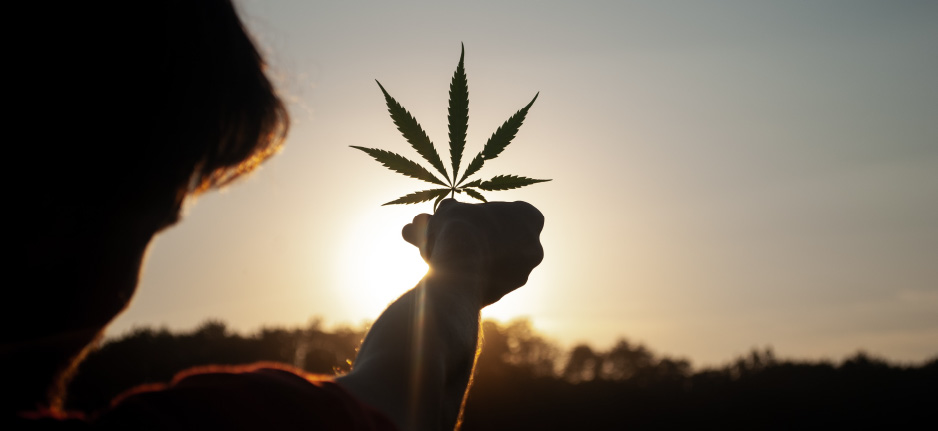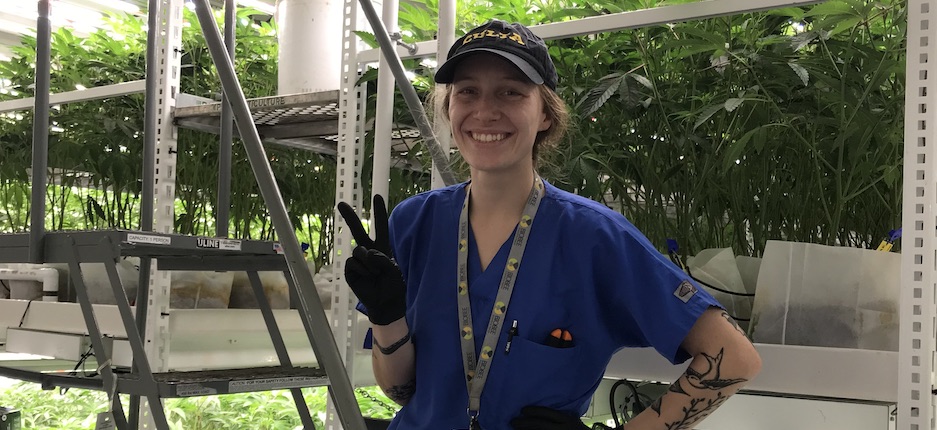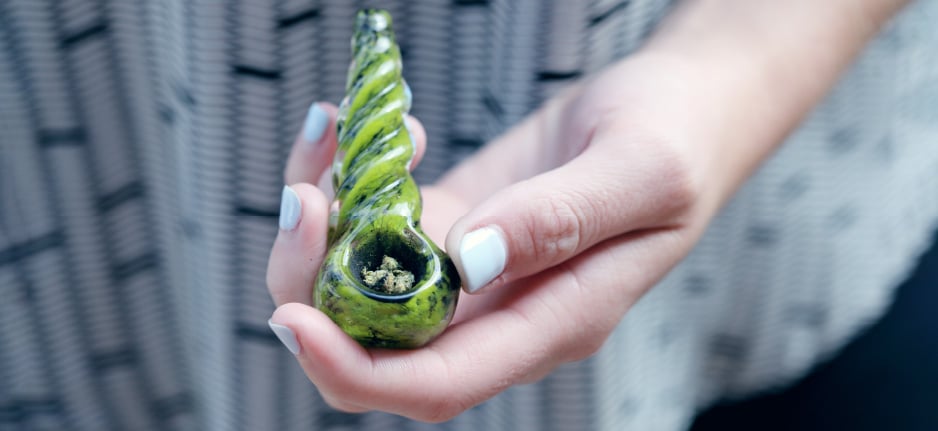The multifaceted story of cannabis is one that goes back thousands of years and spans multiple continents and cultures. In fact, its history dates back even further than recorded history itself. At CULTA, we respect the cannabis plant and want to share our wealth of knowledge with our patients. From its origins to its legality, here are seven things you probably didn’t know about the history of cannabis.
It all started with hemp
Hemp is one of the very first cannabis plants to be cultivated, with archeological evidence dating back to the pre-Neolithic period in both China and Japan. Initially, the plant was used as a source of food and also for its strong fibers. The fibrous nature of hemp made it ideal for rope and cloth, with the earliest known fabrics having been woven between 8,000 and 7,000 BCE in Mesopotamia, or what is now present-day Iraq and Iran. Its first recorded use was 8,000 years ago -- that’s 8x older than the oldest existing pueblo in New Mexico!
It was once used for sore toenails
While hemp was used as far back as 10,000 years ago in Taiwan, China, and Iraq for clothing and textiles, the first recorded usage of medicinal cannabis did not occur until around 1550 BCE with the discovery of the ancient Egyptian Ebers Papyrus. Some of its more common uses were for fever, sore toenails, uterine contractions, and even suppositories for hemorrhoids! It was also used for nosebleeds, for the expulsion of tapeworms in humans, and for treating wounds and sores on horses in ancient Greece.
George Washington grew cannabis
It may sound like a myth, but the first President of the United States and Founding Father did, in fact, grow cannabis to be sent back to England. Right up until the American Revolutionary War, hemp crops were used to produce rope, sails, and even clothing for the Crown. Growing cannabis was so common during this era that George Washington noted in his diary about the sowing of hemp seeds and later recounted that he grew 27 bushels of the crop that year. It was so abundant that many American towns like Hempstead, New York; Hemphill, Kentucky; and Hempfield, Pennsylvania, were named for the crop.
Hemp was once illegal
Hemp was once illegal, due in part to a rich man’s greed. In 1937 William Randolph Hearst was a millionaire newspaper publisher with massive holdings in timber. At the same time, the Dupont Family had just invented the synthetic fiber Nylon. The Dupont family and Hearst saw hemp as a direct threat to their vast wealth, due to the cheaper cost of producing high-strength fibers and paper. Their animosity towards hemp contributed to the passage of the 1937 Marijuana Tax Act. The act essentially made all cannabis, including hemp, which does not have the psychoactive compound THC, illegal. Even the American Medical Association, which still exists today, was against this tax act.
It was also once patriotic
In 1942, the U.S.D.A released a film entitled “Hemp for Victory.” The film stated that “patriotic farmers at the government’s request planted 36,000 acres of seed hemp, an increase of several thousand percent. The goal for 1943 is 50,000 acres of seed hemp.” By 1942, hemp production was back in full swing with support from the USDA with its program focused on growing hemp to bolster the United States’ efforts in World War II. Once the war had finished, hemp production decreased again, and by 1957 the last commercial hemp fields were planted in Wisconsin.
Nixon started the “War on Drugs”
During the 1960s, the counterculture attitudes of the hippie subculture led to the social acceptance of cannabis use. With the election of Richard Nixon came a hardline, conservative approach to cannabis that effectively began the decades-long “War on Drugs.” In 1969, Nixon authorized Operation Intercept, which effectively closed the border with Mexico in an attempt to stem the flow of cannabis from south of the border. Although the operation was disapproved by the State Department and the Bureau of the Budget, it proceeded. Not only was it a failure, but it wreaked economic havoc on both sides of the border, yielding significantly fewer cannabis seizures than expected.
Obama helped legalize CBD
With the new millennium came new research and attitudes towards hemp and its potential as a medicinal product, bringing us to our final fact. Barack Obama’s 2014 Agriculture bill officially kicked off the road to legitimization and legalization of hemp-derived cannabidiol (CBD), and its reauthorization with the 2018 Farm Bill which removed hemp from the CSA’s (Controlled Substances Act) list of Schedule I drugs. This meant that all products derived from industrial hemp, including CBD oil, would be federally legalized under the CSA if the product remained under a threshold of 0.3%.
Bonus fact: COVID didn’t impact the cannabis industry
According to one study, since tracking of the commercial cannabis industry began in 2014, “CBD sales from products derived from hemp and marijuana more than tripled from 2014 to 2017, going from $108.1 million to $358.4 million”. If you’re considering getting into some part of the cannabis industry, don’t be discouraged by business declines from COVID-19. The “global cannabidiol market size was valued at $2.8 billion in 2020 and is expected to expand at a compound annual growth rate (CAGR) of 21.2% from 2021 to 2028.”
If you’re looking at getting on the ground floor of a burgeoning industry just as it’s about to take off to the next level, now is the time to make your move -- here are some jobs to consider.



